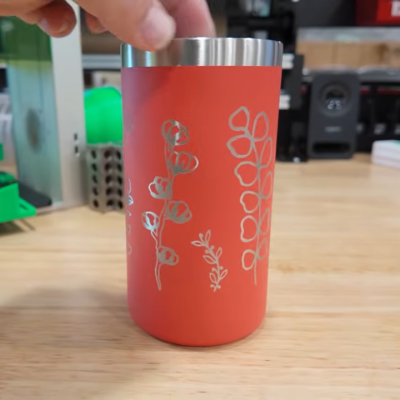Although firmly entrenched in the cultural zeitgeist now, the skateboard wasn’t always a staple of popular culture. It had a pretty rocky start as surfers jankily attached roller skating hardware to wooden planks searching for wave-riding experiences on land. From those rough beginnings it still took decades of innovation until Rodney Mullen adapted the ollie for flatground skating before the sport really took off. Skateboard hardware is quite elegant now too; the way leaning turns the board due to the shape of the trucks is immediately intuitive for even the most beginner riders, and bearing technology is so high-quality and inexpensive now that skateboard hardware is a go-to parts bin grab for plenty of other projects like this plasma cutter modification.
[The Fabrication Series]’s plasma cutter is mounted to a CNC machine, allowing for many complex cuts in much less time than it would take to do by hand. But cutting tubes is a more complicated endeavor for a machine like this. This is where the skateboard hardware comes in: by fabricating two custom pivoting arms each with two skateboard wheels that push down on a tube to hold it in place, the CNC machine can roll the tube along the table in a precise way as the plasma cutter works through it.
Of course, cutting a moving part is a little more complicated for the CNC machine than cutting a fixed piece of sheet metal, so [The Fabrication Series] walks us through a few ways of cutting pipe for various purposes, including miters and notches. The first step is to build a model of the pipes, in this case using Onshape, and then converting the 3D model of the pipes into a sheet metal model that the CNC machine can use. It does take a few cuts on the machine to fine-tune the cuts, but in no time the machine is effortlessly cutting complex shapes into the pipe. Don’t have a plasma cutter at all? You can always build your own from scratch.
Thanks to [JohnU] and [paulvdh] for the tip!
Continue reading “Skateboard Wheels Add Capabilities To Plasma Cutter”


















